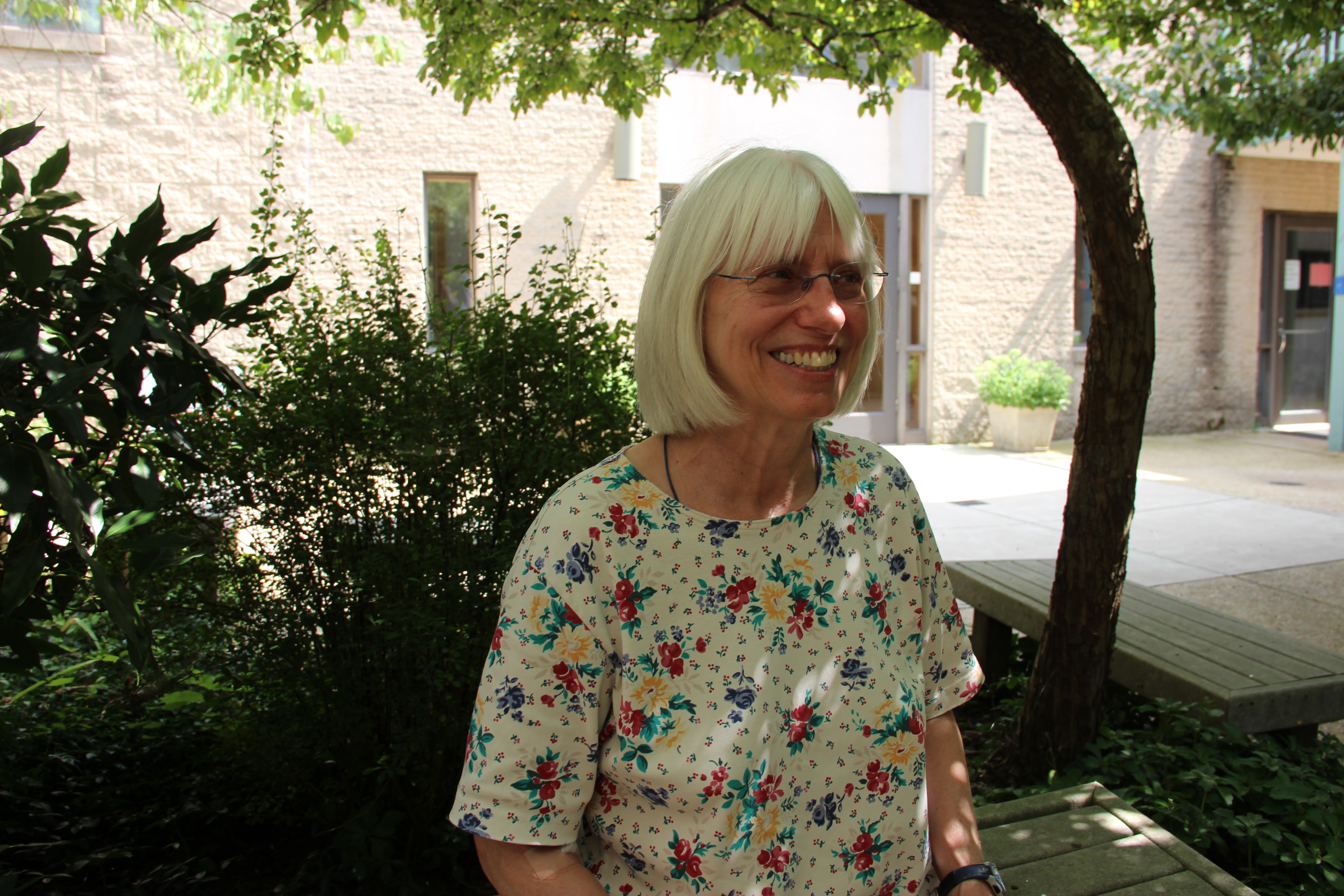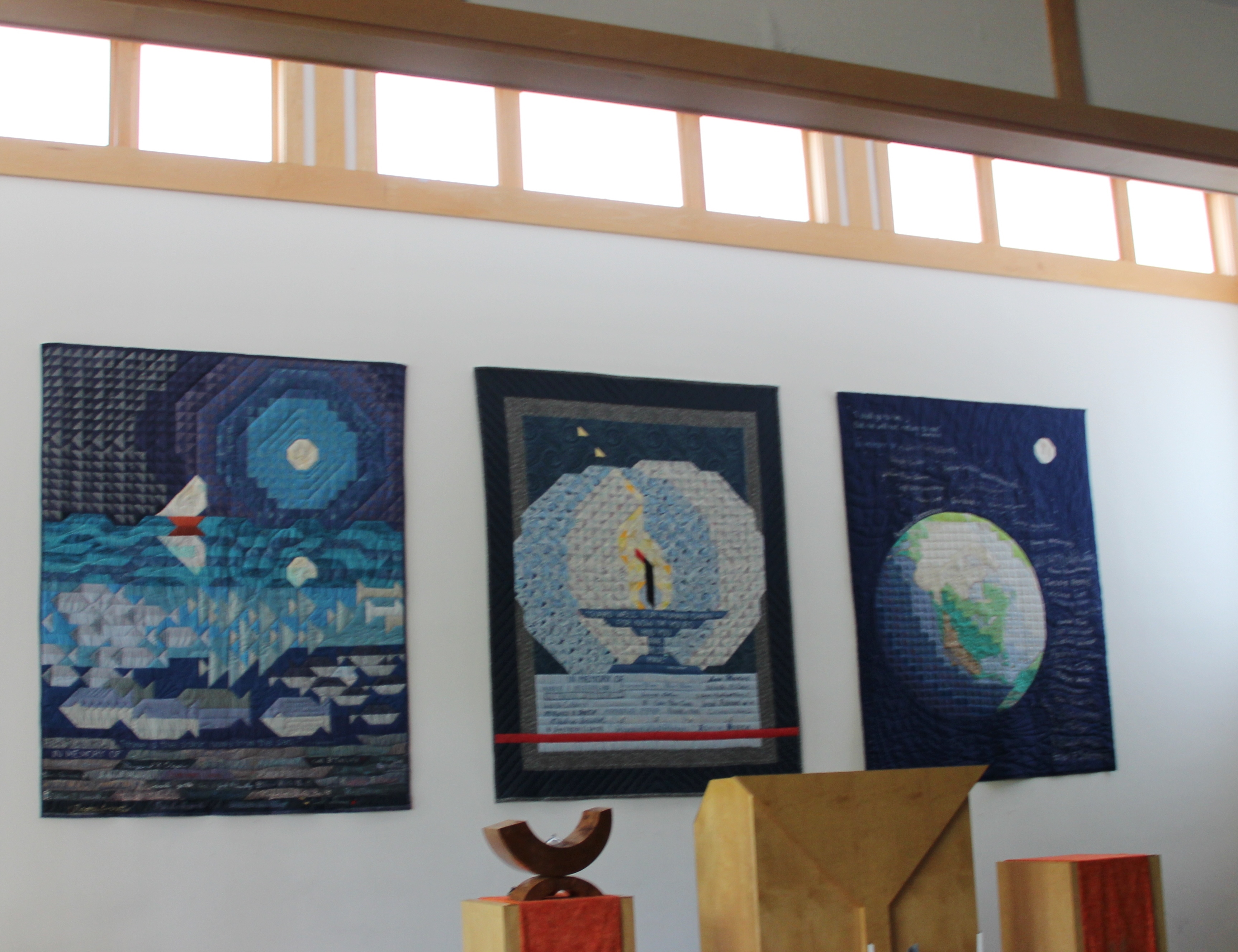How can you make your choices count for more, in the fight against climate change? For many people, the answer is clear: taking action with your neighbors in your own community.
But for religious communities (like churches, synagogues, mosques, and interfaith centers), there may be an added benefit to working as a faith-based team to fight climate change. Faith communities are prime candidates for making a difference in this area—and we've seen this fact proven with such groups as Interfaith Power & Light, GreenFaith, and Operation Noah. Although not all religious communities make statements on climate change, many have already—over 15 world religious denominations have, and are calling others to do the same.
So why are many faith communities so good at sustainability? Is there something special that makes climate change a clear opportunity for action for religious groups across the spectrum—and regardless of political leaning?
Late this summer, on the search to answer these questions, we took a trip over to Unitarian Universalist Church of Silver Spring (UUCSS) to meet with congregation member Doneby Smith. Smith has been a member of the UUCSS for a number of years. The church has had a longstanding relationship with sustainability. In 2014, Smith was part of the group who switched the church to 100% wind power through Groundswell. She’s also been a leader in helping the congregation commit to sustainability pledges personally and as a group—and has switched her own home's energy over to 100% wind, as well!

Unitarian Universalist Church of Silver Spring congregation member Doneby Smith showed us around the church's facilities.
Smith had a lot to say about UUCSS's achievements in the sustainability space—and about progress to come.
“We certified as a Unitarian Universalist Green Sanctuary in 2014,” said Smith. “The idea with the program is that “green” becomes one of your congregation’s permanent identities. We are a green sanctuary. We're committed to this, long-term."
The Green Sanctuary program is an effort to encourage more thoughtful church actions on sustainability. The necessary focus areas include a holistic look at church activities: environmental justice and activism, worship, religious education, and everyday sustainable living. Churches must complete 12 projects within a combination of all four focus areas over the course of two years. "Green sanctuary accreditation is a whole movement within Unitarian Universalist churches," Smith shared. "It's only growing."
While we were at the church, Smith took us on a tour of the facilities, and shared her personal story of faith and climate action, as it relates to what UUCSS is doing. As she chatted with us, she shared three key reasons why faith communities are perfectly situated to take action on climate change:
1. FAITH COMMUNITIES ARE SOCIAL-JUSTICE ORIENTED
To start, faith communities possess a strong moral direction towards environmental stewardship and social justice.
Smith herself feels a strong moral and religious calling to push for climate action.
“For me, the earth is sacred. It's our mother," says Smith. "It's profaning the sacred to do what we're doing, to have this extractive economy that just takes and takes and doesn't give back. Our relationship with the land and the Earth has to be a two-way street. If the Earth provides for us, feeds us, and gives us our home, then we have to give back. And we must take care of others who live here. I see that the way we're living is not fair, and it's not just.”
Smith's passion for giving back to the planet is reflected in the larger beliefs of her denomination. The Unitarian Universalist Association's guiding principles include both a call for universal justice, and a call to respect the world in which we live. Earth stewardship is a part of many belief systems around the world—and is a major reason why interfaith climate groups have flourished.
2. FAITH COMMUNITIES INCLUDE PEOPLE OF ALL AGES
Religious communities often are location-based, and offer programs for children, youth, adults, and seniors. Single people and young and established families get the chance to meet and support each other as neighbors and friends. The multigenerational focus within the faith community helps encourage generations to meet and care for each other.
For example, UUCSS is a vibrant community, with programming for all ages—and a chance to educate all ages on environmental issues. Smith feels a powerful pull to take climate action to benefit her community's young people. “With extinctions happening left and right, we must wonder: what kind of life will the next generations have?" she asked. "When some of the worst effects of climate change hit, I am going to be gone. But we must be thinking of the generations to come.”
In order to do the most effective work on climate and the environment, it's important to make the issue personal. With a built-in opportunity to meet and know the people that climate change will most deeply affect, faith communities have a leg up in the climate action movement.

Inside the sanctuary at Unitarian Universalist Church of Silver Spring. The wall decorations behind the pulpit were part of an environment education project done with the children of the church.
3. FAITH INSTITUTIONS ARE COMMUNITY-FOCUSED AND COMMUNITY-LED
More than just an inter-generational meeting place, religious institutions are centers for community living. Faith groups are deeply embedded in local culture and life, and often have the inside scoop on the needs of the people in the surrounding town, county, or region.
And once those needs are identified, there's a system in place for getting those needs addressed. Smith feels called to help lead the church towards smarter choices. "This is the population that I feel I can affect," she says. "I'm working to get the whole congregation to mobilize behind the issue of sustainability."
As for that, she's well underway. Her strong team of like-minded UUCSS community members (from the pastor to the administration to other regular attenders like herself) has a goal in mind: to inspire other churches and faith communities to work towards sustainability.
“We seek to be a beacon to say: “It's possible to be more sustainable. We've just done it, and you can do it, too,” says Smith. "Your church can do it. Your house can do it. You can do it, it can be done, and it should be done.”
There's a lot to be hopeful about in the climate movement—and that hope helps encourage more people to join the cause. That's why we at Groundswell are thankful for groups like UUCSS who are standing and bearing witness to the need for climate action. Keep it up!
Kelsey Ryan is Groundswell's Brand & Content Manager. She’s a linguist, fledgling Tolkien scholar, knitter, Oxford comma proponent, and firm believer in the use of stories for social good. Explore her website, or connect on Twitter: @kryanlion.
